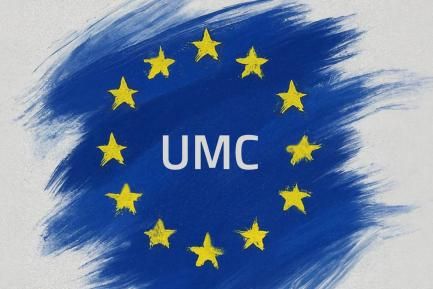One fundamental support helping the Spanish economy in the current expansionary phase is bank credit. After the far-reaching restructuring carried out in the last few years, banks are now more able to finance new business projects and households' credit needs.1 As wewill see below, the level of debt among banks has fallen considerably from the peak reached in 2012, particularly their dependence on external funding.2
During the first half of the 2000s, bank credit expanded substantially to satisfy the growing demand. Given that resident deposits rose at a slower rate, financial institutions resorted to alternative sources of funding and particularly by issuing debt. While, in the year 2000, the debt securities issued by banks represented just 6.7% of GDP, between 2000 Q4 and 2007 Q2 these rose to 66.7% of GDP. Most of this bank debt was acquired by non-residents (58.6 pp) and only a marginal part was bought by residents (1.4 pps). Moreover, non-resident deposits also increased in this period and bank funding therefore became more dependent on financial flows from abroad.
A large part of the bank debt taken out in this period was aimed at financing this gap in domestic financial intermediation (see the first graph). Specifically, 72% of the total (47 pps of GDP) funded loans granted to the resident sector that was not covered by resident deposits. The rest of the debt taken out, equivalent to 13 pps of GDP, was used to buy other financial assets. Particularly of note was the increase in purchases of assets issued by non-residents, both in the form of shares and also debt securities.
Capital inflows are a relatively volatile source of funding sensitive to changes in investors' perceived risk. As from 2010, because of the tensions in wholesale banking markets caused by the European sovereign debt crisis, a significant share of external bank funding disappeared. Specifically the external debt of Spanish financial institutions fell by 72.5 pps of GDP in 2009 Q4 to 47.4 pps in 2012 Q4. However, this drop was more than compensated by funding from the ECB, channelled via the Bank of Spain (see the second graph).
After this rapid deleveraging with regard to the rest of world, bank debt not aimed at financial intermediation is now almost zero. In other words, bank debt is dedicated totally to supporting the recovery in credit. In 2016 we might therefore expect the stock of credit to abandon its negative growth figures after six years of reductions.
1. See the Focus «The deleveraging of the Spanish economy: a long way to go» in MR01/2016 for an analysis of private sector deleveraging.
2. In this Focus we analyse the financial balance sheets of financial institutions based on the Financial Accounts published by the Bankof Spain.




